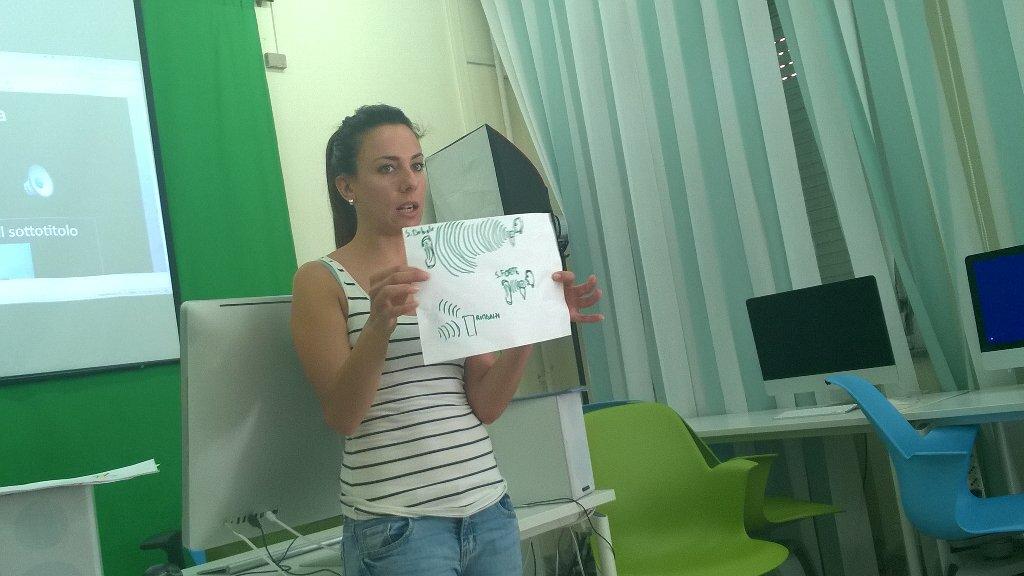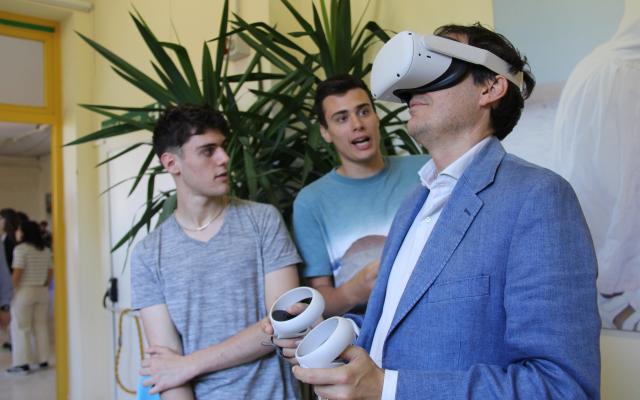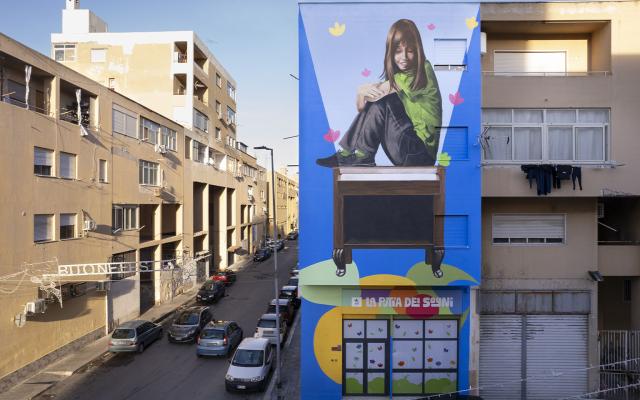In the week dedicated to robotics, the young participants worked on creating a sound track for the seminal science fiction movie Metropolis (1927), one of the masterpieces of expressionism. And the movie takes place in 2026, a year that is no longer so far away ...
Here is a brief sequence of their work.
"We let the kids choose a video that interests them. In this case, we chose Metropolis as this week’s theme was robotics. This type of movie is perfect for this type of work as it doesn’t influence young men and women like more common videos – ads, cartoons, recent movies – do” explains Fiammetta.

"This is the first time they see these images that arouse great emotions. And this is where our project on sound research begins. We start with classic sound design in which the relationship between sound and image is concreate and realistic (i.e., the sound of a door slamming) and then move towards a sensory plan in which there is a close relationship between image, sensation and sound (i.e., cadenced movement of workers, pacing in order, creating anguish, like the sound of a clock ticking."
So, how are the noises produced?
"The sounds, noises and voices are recorded on the participants’ smartphones, who can also use sounds from the environment and/or sound effect libraries. In this case, the ticking sound of a watch is the sound of a light switch; the face of a female robot is brought to life with the buzzing sound of the lab’s bee-bots.
At the end, we collectively discuss the sound levels for each frame and attempt to make the movie uniform. Our tools are recording devices, Final cut (software), Audacity and microphones. Voices are modified with equalizers and compressed based on personal taste. It’s a lab on listening and the relation between images and sounds. What interests us most is understanding how to use digital devices to create an audio-visual scenario based on personal sensations and emotions.”



